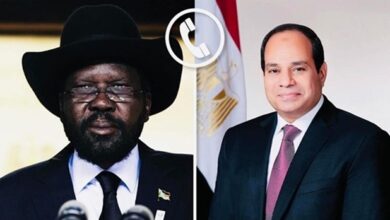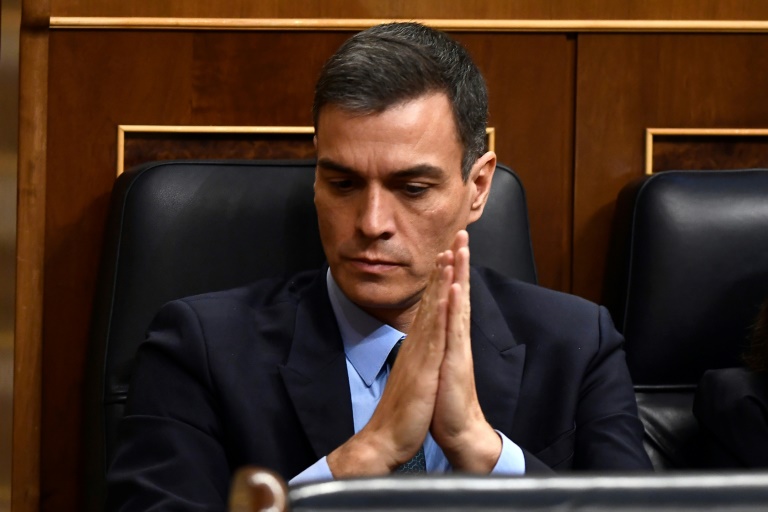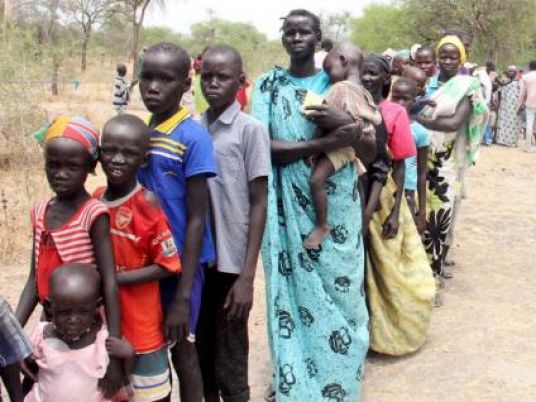Juba — The top government official in the one region most likely to send north and South Sudan back toward conflict said Wednesday he believes the northern government is massing military forces outside Abyei in order to occupy the town and claim it permanently.
An American satellite project, meanwhile, has released new images that it said shows a military and police build up near Abyei, a fertile and oil-producing territory that northern cattle herders use to graze their cattle.
Southern Sudan voted in January to break away from the north, and it will become the world's newest country in July. Abyei's future is being negotiated, and both sides are trying to stake claim to it.
Observers fear the fight for Abyei could re-ignite conflict. North and South Sudan ended a two-decade war in 2005.
"Satellite imagery confirms reports of the deployment of large numbers of northern forces as well as newly fortified encampments," said Charlie Clements of the Carr Center for Human Rights Policy at Harvard University. He is an adviser to the Satellite Sentinel Project, an effort that was begun by actor and Sudan activist George Clooney to prevent war.
"This should be sounding alarms about the human security of all civilians in Abyei," said Clements.
Recent media reports from northern Sudan indicated that the Khartoum government's Ministry of the Interior recently deployed about 1500 police to several areas in northern Abyei, including around the oil fields of Diffra.
The southern military spokesman, Col. Philip Aguer, said the north's minister of defense visited the troops on Monday, meaning that the 1500 are soldiers and not police.
The Sudan Armed Forces spokesman denied at that time that northern troops had been deployed, but the satellite images identified a new compound consistent "with a military outpost of company strength" less than 75km (45 miles) north of Abyei town.
"Increased reinforcements inside Abyei are exacerbating an already dire situation, not contributing to a solution," said John Bradshaw, executive director of the Enough Project, an anti-genocide group that participates in the satellite initiative.
The spokeswoman for the UN peacekeeping mission to Sudan, Hua Jiang, said the UN has conducted patrols north of Abyei and has observed "additional elements deployed." She would not give further details.
Sudanese President Omar al-Bashir and Southern Sudan President Salva Kiir met last week to discuss the future of Abyei, which had been promised a self-determination vote to be held at the same time as the south's independence vote. The two leaders did not announce any progress on Abyei.
The Abyei referendum was not held due to a dispute between northern and southern leaders over who was eligible to vote. Two populations warily coexist in the fertile land: the Ngok Dinka farmers, who are loyal to the south and want independence from the north, and the Arab Misseriya cattle herders, who graze their herds in Abyei.
Both governments have historically used the populations as proxies to further their own interests in Abyei.
"Of course the Misseriya are being instigated by the (north's) National Congress Party," said Deng Arop Kuol, the chief administrator in Abyei. "The military build up … has no other explanation other than occupying Abyei."
The south suffers from other violence as well. Aguer, the southern military spokesman, said the north bombed two sites in southern land on Monday, in the state of Western Bahr el Ghazal. The bombs landed between southern army installments and villages, he said. No casualties were reported.
The Abyei region has seen a wave of attacks over the last month, violence that sent an estimated 20,000 to 25,000 people fleeing south, according to UN reports. Three weeks after fleeing, most have not returned.
Kuol and senior southern political and military leaders have repeatedly accused the northern military of backing the militia forces that have razed villages and destroyed police posts around Abyei in the past month.
Images from the satellite project confirm the devastation. One of the project's photos shows that about 300 huts had been burned to the ground in the village of Tajalei, when militia forces attacked on 5 March.
The defense ministers for north and South Sudan met Wednesday and signed an agreement saying the north and south would continue negotiations over future security arrangements after the south's independence in July.




